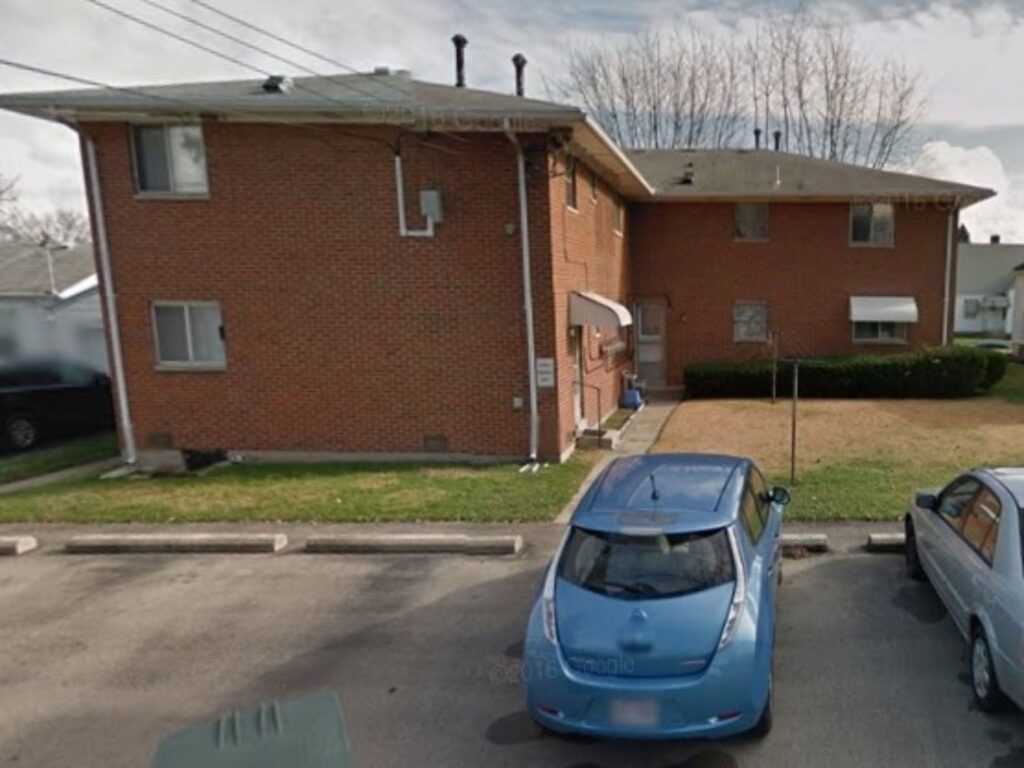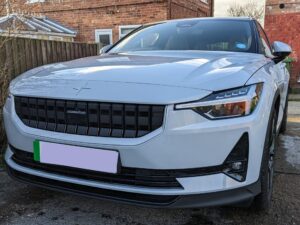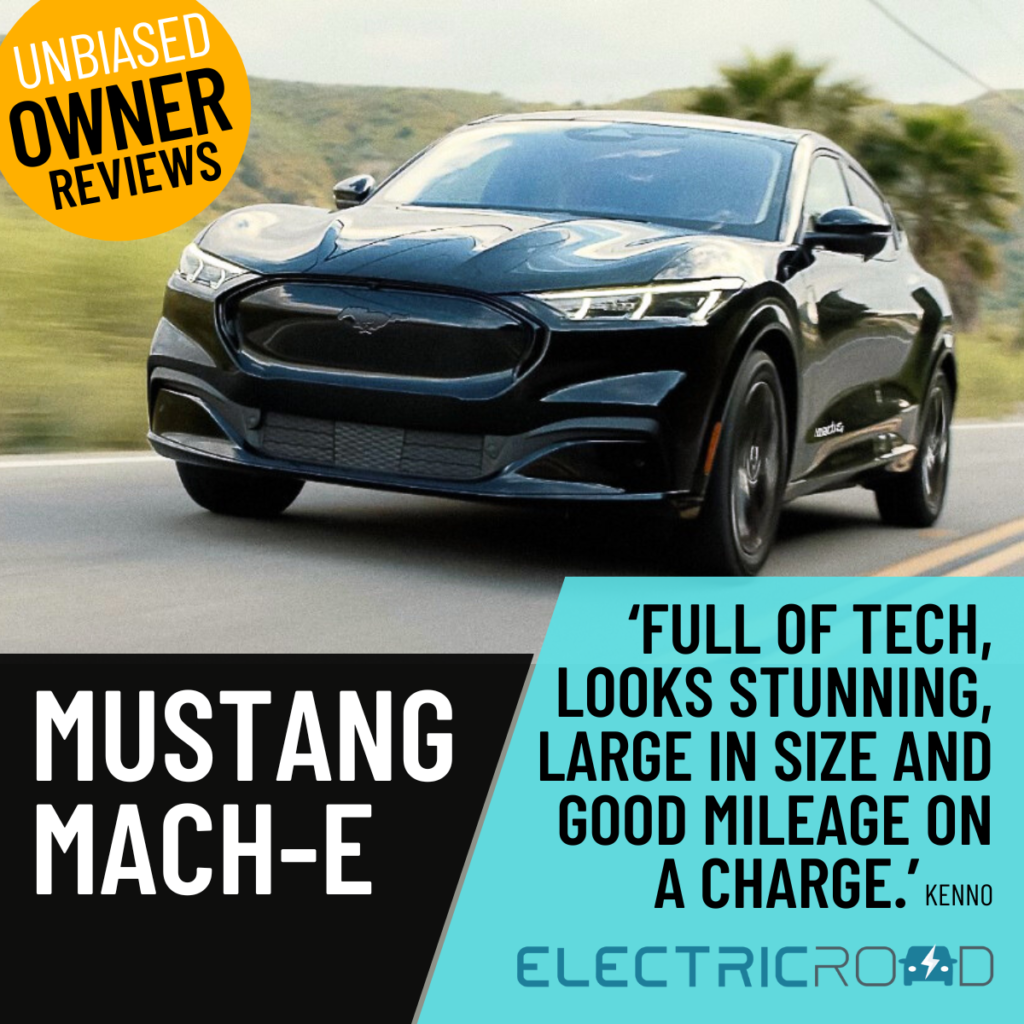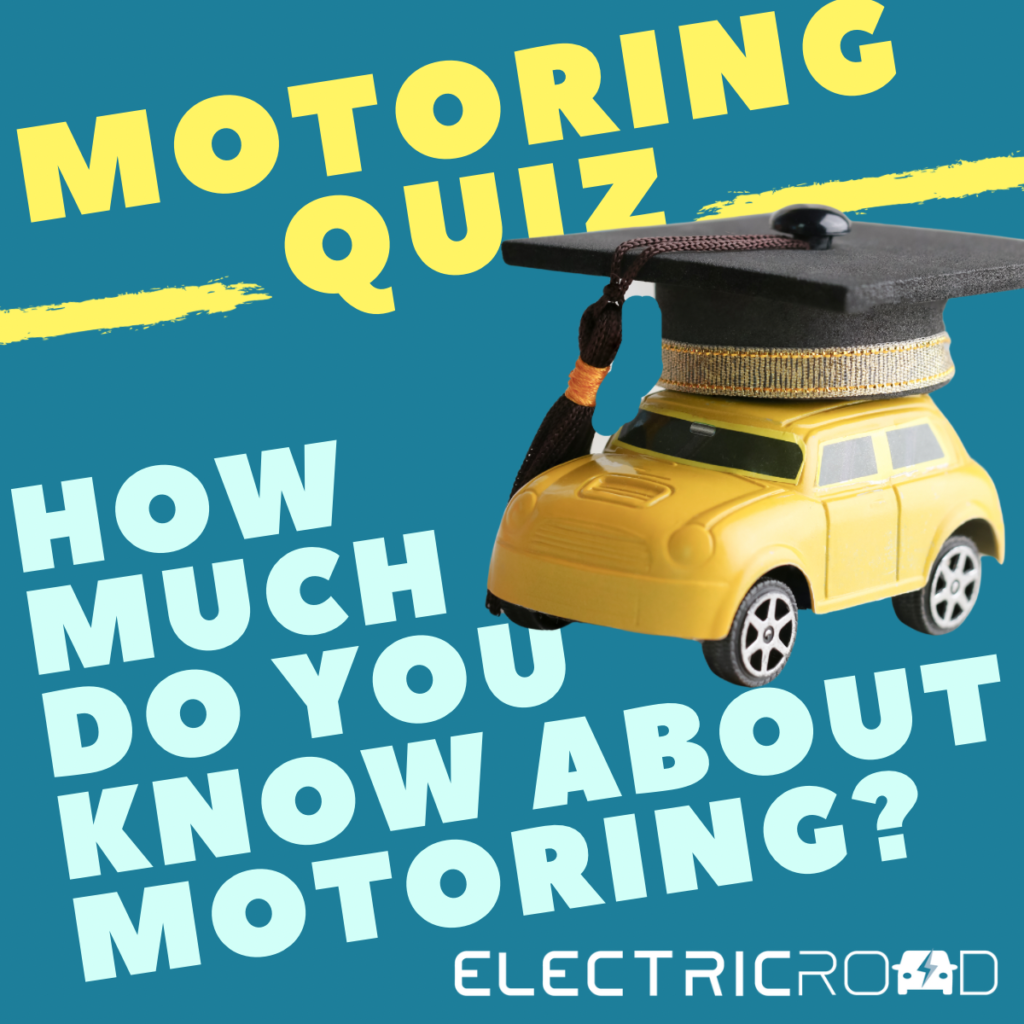Gary uses a 120-volt outlet with GFCI which was installed in 2011 by All Seasons Electric who are recommended.
Provide your overall rating for the 120-volt outlet with GFCI
Sign-up to Electric Road now to receive a FREE ‘Guide to the Best Electric Cars’, a weekly Newsletter and to win some great prizes!
How much did you pay for your unit and installation?
$180
Why did you purchase this particular unit?
The outlet was mounted outside my apartment’s back door, within 25 feet of two different spaces in the parking lot. The GFCI feature seemed a good idea.
List 3 or more points that you like about the charging unit
- It has two outlets and a protected cover, big enough to hold the large plug from my charging cable
- It also has holes which allow the use of a small padlock (which is part of an identical pair, the other used to lock the release button on the connector for my LEAF).
List 3 or more points that you don’t like about the charging unit
- At one point it was difficult to use an extension cord because flaps blocked the openings for the plug. I replaced the outlet and took the original to a hardware store employee who said the flaps were there as a safety feature and should allow a plug, if pushed in forcibly enough (which I was doing naturally with the charging cable plug).
- The cover is made of translucent plastic which could be easily broken open with a hard kick
- I had to put tape across the top of the cover to keep water out.
Outline any faults you have experienced with the unit
Explained in the previous description
Tell us about your home charging routine
In the first 8.5 years of owning my LEAF, I’ve averaged 460 miles per year. I don’t drive very often, saving it to become the last car I own in my lifetime. I’ve averaged charging 23 times per year in the last 5 years, trying to charge at Level 2 as much as is convenient.
In the first 3 years I charged mostly at home at Level 1 (starting charging early in the day, when the temperature was cool), then learned Level 2 burns through the oxidation formed by L1 charging. I also learned to try to keep the State of Charge at between 30% and 40%, ideally, especially during hot weather, making exceptions during very cold months.
If you were buying a new charging unit now, what would you buy and why?
I live in an apartment building where the management won’t allow a 240-volt charging station. No more than I drive, it wouldn’t be worth the expense for me. I’ve managed to find charging stations (mostly free) in the local area. I’ve never used a Quick Charge station.
Tell us about your electricity provider and tariff. Would you recommend them?
AES Ohio charges me 11 cents per kWh (at 120 volts). My L1 charging is minimal, preferring to pay 30 cents per kWh at new ChargePoint stations near a grocery store where I shop. I’d recommend ChargePoint.
Are you part of a charger-sharing scheme for those who don’t have their own charger?
Not a charger-sharer. By the way, the ‘charger’ is in the vehicle when using L1 & L2. An L1 charging cable and L2 charging station supply alternating current to the vehicle’s onboard charger, which converts it to direct current, then charges the battery pack.
See other home charging reports here












